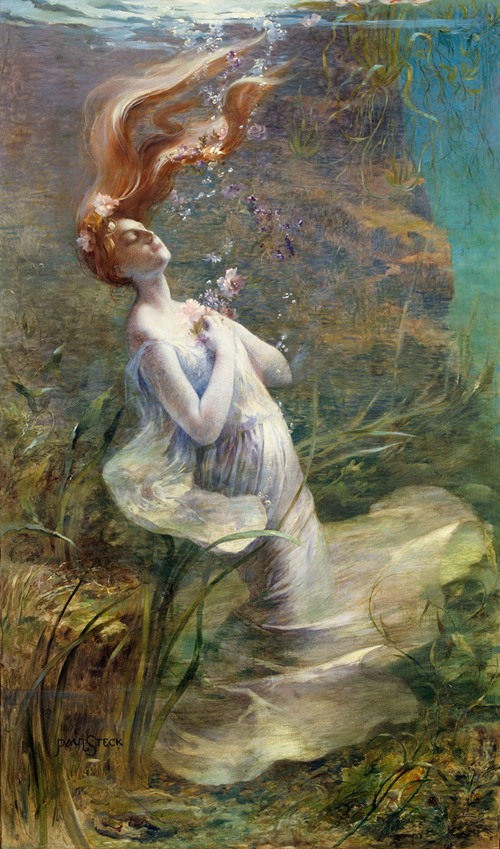
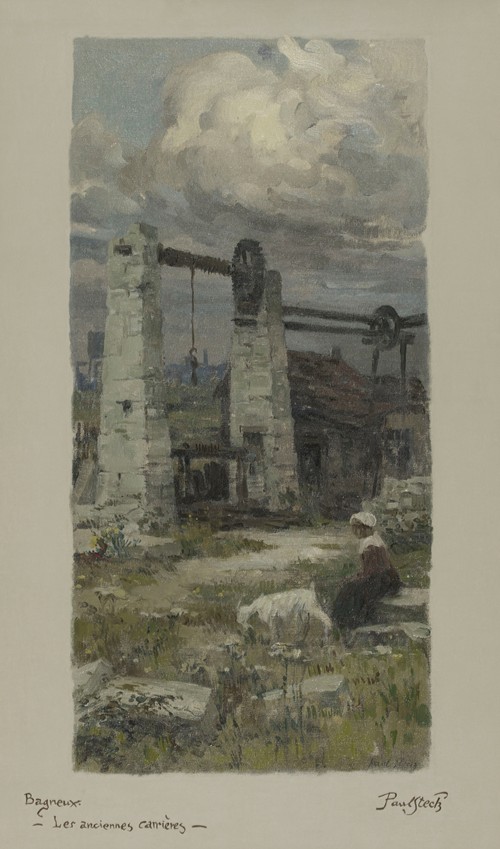
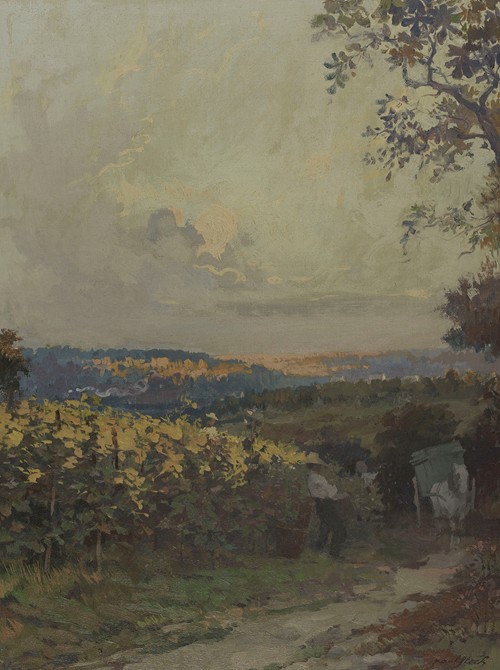
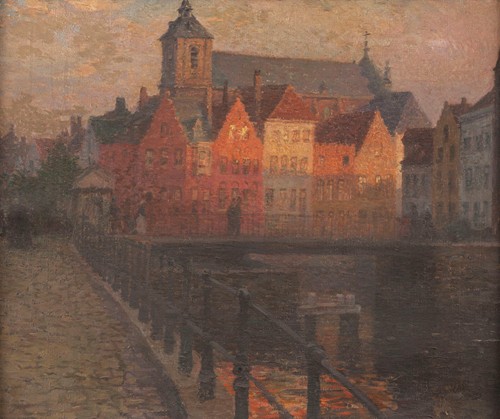
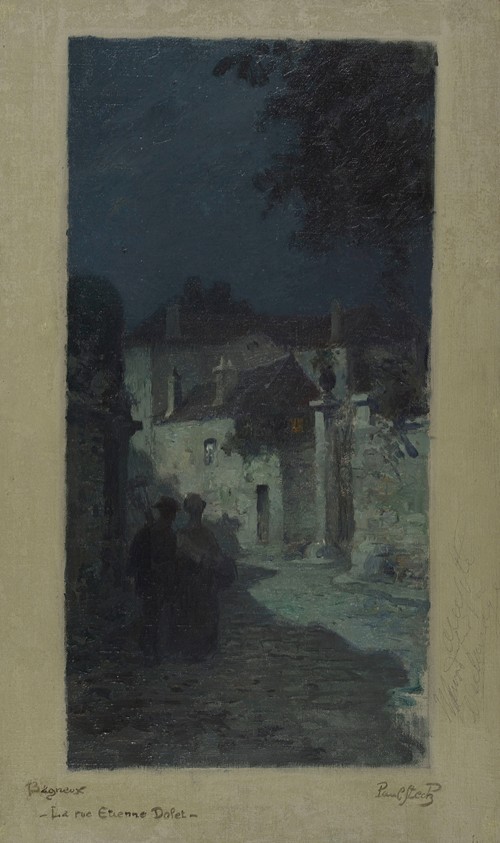
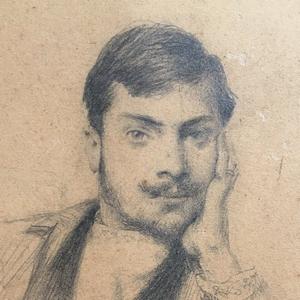

Paul Albert Steck was a French painter of landscapes, historical scenes, and several portraits from life.
Paul Albert Steck was born in Troyes, France. He began his career studying under Jean-Léon Gérôme. In 1896 he was made a member of the Société des Artistes Français. He also exhibited works in the fifth Salon de la Rose-Croix. In 1900, he won a bronze medal at the Exposition Universelle. Museums in Dieppe, Montauban, and Rouen display his work. He died in Paris.




